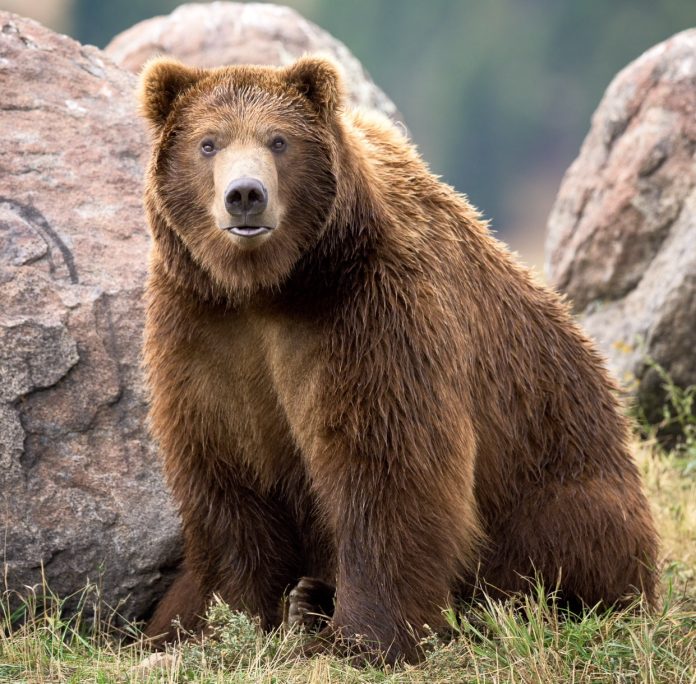
Plans To Reintroduce Grizzlies To The Bitterroot Ecosystem For Their Recovery In Montana & Idaho Are Moving Forward
By WAN
You can help all animals and our planet by choosing compassion on your plate and in your glass. #GoVeg

You can help all animals and our planet by choosing compassion on your plate and in your glass. #GoVeg